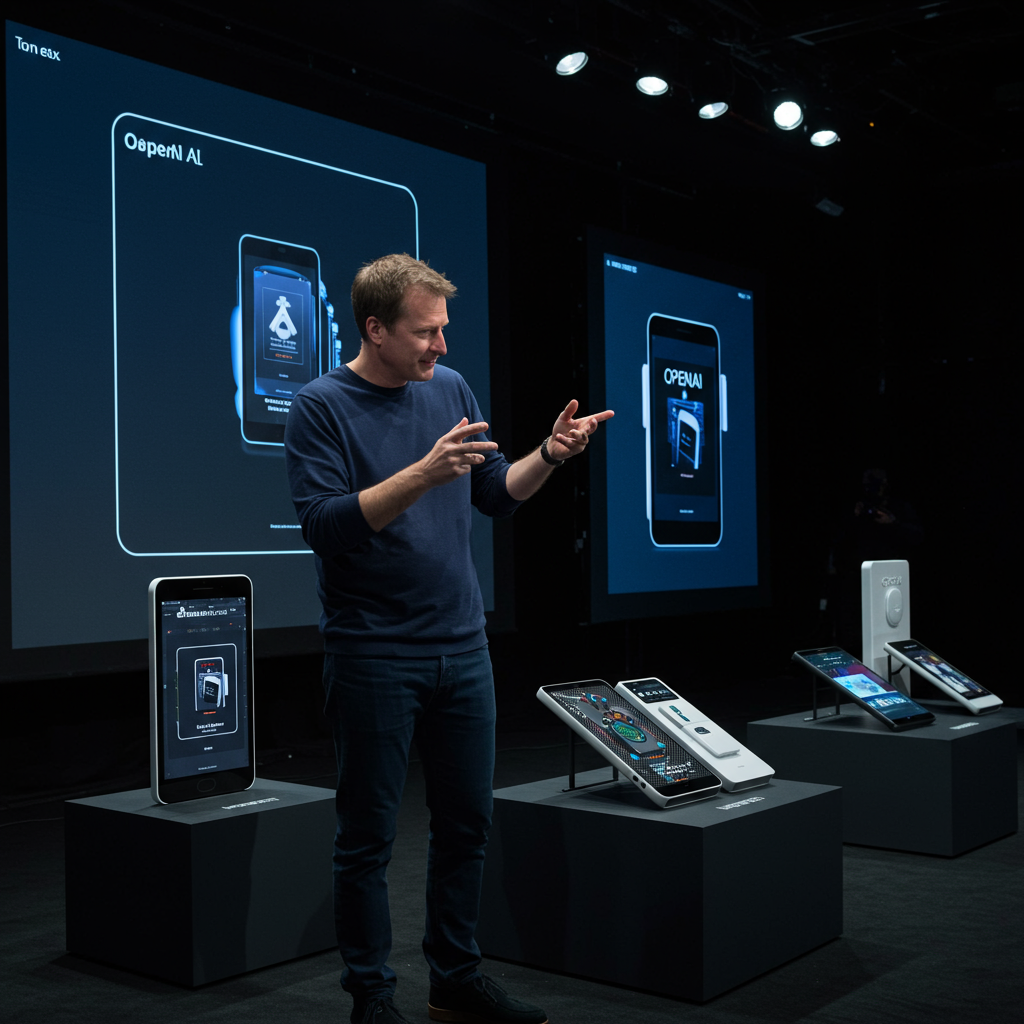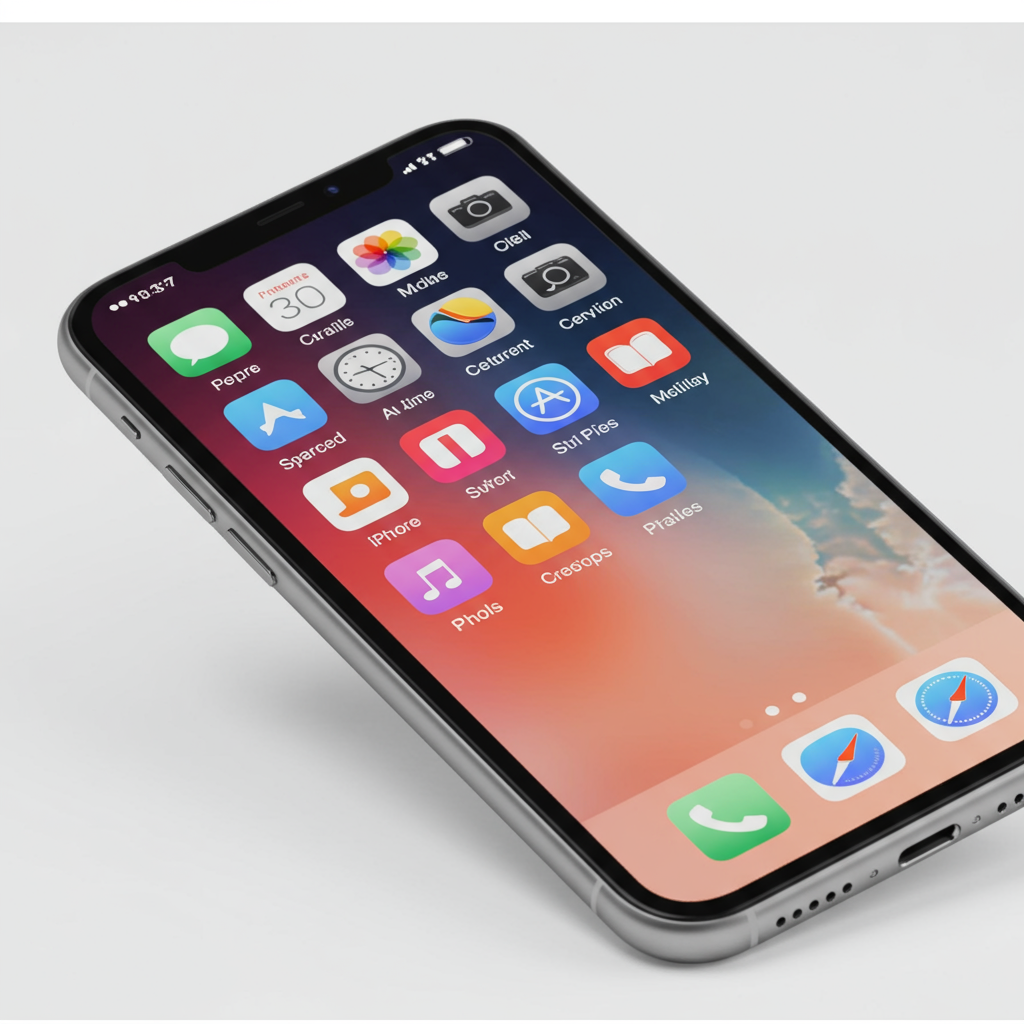Jony Ive, the visionary designer behind many of Apple’s iconic products, is now collaborating with OpenAI to redefine our relationship with technology. He is currently developing an ambitious portfolio of up to 20 distinct product ideas for a new family of AI devices. This groundbreaking partnership promises to deliver next-generation gadgets fundamentally different from the smartphones and tablets we know today. These innovative OpenAI gadgets aim to foster happiness and reduce anxiety, directly addressing the pervasive issues of our current human-technology dynamic.
The Genesis of a New Era in AI Device Design
The partnership between Jony Ive and OpenAI marks a significant shift in the tech landscape. Earlier this year, OpenAI acquired Ive’s device startup, a deal reportedly valued at more than $6 billion. This strategic move immediately sparked widespread speculation about the future of artificial intelligence hardware. OpenAI CEO Sam Altman had previously spoken about the concept of an “AI companion” and a broader “family of devices.” Now, with Ive’s unparalleled design expertise, that vision is rapidly taking shape. The goal is clear: create a new category of AI devices that feel both revolutionary and inherently intuitive.
Ive’s involvement signals a strong intent to move beyond incremental updates. He sees a critical need to reimagine how technology serves us. His team is actively exploring numerous compelling product ideas. The primary challenge now centers on maintaining sharp focus. They must be judicious and thoughtful in selecting which concepts to pursue. This meticulous approach ensures the development of a cohesive and impactful “family of products,” rather than a collection of disparate gadgets.
A Critique of Current Technology and the Vision for Change
Jony Ive offers a stark critique of the existing human-technology relationship. He describes it as an “obscene understatement” to call our current interactions “uncomfortable.” This powerful statement underscores his belief that the status quo is deeply problematic. Ive warns of the “truly horrendous” consequences if designers neglect care and caution in their work. His concerns highlight a widespread sentiment that modern smartphones and tablets, despite their utility, often lead to increased stress and distraction.
These forthcoming OpenAI gadgets are explicitly designed to counteract such negative effects. Ive envisions products that actively reduce anxiety and cultivate genuine happiness. The ambition goes beyond mere functionality; it seeks a profound transformation of user experience. This design philosophy directly tackles the issues that current devices have inadvertently created over the past two decades. Imagine technology that doesn’t just perform tasks but genuinely improves well-being.
Redefining User Experience: Ive’s Design Principles for AI Devices
At the core of Ive’s new venture lies a refreshed design philosophy, heavily influenced by his past collaborations. He hopes these new AI devices will be inherently “fun.” This contrasts sharply with many overly “serious exclusive” products currently on the market, a subtle but pointed commentary on certain established brands. The focus is on creating interfaces that elicit genuinely positive emotional reactions. This emphasis on joy and ease of use could fundamentally alter our daily interactions with technology.
Ive’s team is delving deep into the understanding of “person-to-person interface.” They are also exploring how human thought is “entwined with other devices and tools.” This holistic approach suggests a future where AI devices integrate seamlessly into our lives. They would act as natural extensions of our cognition, rather than demanding our constant attention. The ultimate goal is to craft experiences that feel effortless and intuitive.
The Influence of Steve Jobs and the Pursuit of Inevitability
A significant guiding principle for Ive’s current work draws inspiration from his long-standing philosophy alongside Steve Jobs. Ive firmly believes that these new AI devices should simply “work.” More than that, they should operate with an air of “inevitability” and “obviousness.” This means the design should feel like the only rational solution to a problem. Users, upon encountering these products, should instinctively wonder why such a solution took so long to materialize.
This pursuit of elegant simplicity and undeniable utility is a hallmark of Ive’s design career. It suggests that the OpenAI gadgets will prioritize seamless function and intuitive interaction above all else. The challenge lies in making complex artificial intelligence feel utterly natural and approachable. This vision extends to creating a user experience so fluid that the technology fades into the background, allowing users to focus on what truly matters. Such an approach could set a new industry standard for intelligent device design.
Competitive Landscape: OpenAI and Ive Threaten Tech Giants
The collaboration between OpenAI and Jony Ive poses a significant potential threat to established tech giants like Apple. Despite Apple’s long-standing dominance in the mobile market, it is widely perceived to be lagging in the rapidly evolving generative AI space. This new partnership positions OpenAI, with Ive’s design prowess, to potentially disrupt the market with innovative hardware solutions. The move signals an aggressive push by OpenAI to integrate its cutting-edge AI directly into consumer-facing hardware.
This competitive dynamic could spur a new wave of innovation across the industry. Other companies will likely accelerate their own AI hardware initiatives to keep pace. The market is ripe for devices that truly leverage the power of advanced AI beyond current smartphone capabilities. By developing a distinct “family of devices,” Ive and OpenAI are aiming to carve out an entirely new niche, rather than simply competing within existing product categories. This strategic focus could redefine consumer expectations for future technology.
Frequently Asked Questions
What specific problems do Jony Ive’s OpenAI devices aim to solve?
Jony Ive’s new AI devices are primarily designed to address the negative aspects of our current relationship with technology. He aims to combat issues like anxiety, discomfort, and the overwhelming nature of existing smartphones and tablets. The goal is to create gadgets that actively foster happiness and reduce stress, fundamentally improving user well-being. This shift moves beyond mere functionality to cultivate a more positive and healthier interaction between humans and their tech tools.
How does Jony Ive’s new collaboration with OpenAI compare to his work at Apple?
While at Apple, Jony Ive was instrumental in designing iconic, user-friendly products like the iPhone and iPad. His collaboration with OpenAI maintains his core design principles of simplicity and intuition but pivots to a new challenge. Instead of refining existing device categories, he’s tasked with creating an entirely new “family of AI devices” that deliberately differentiate themselves from smartphones. The focus is on leveraging advanced AI to solve deeper human-technology relationship problems, an evolution of his past work rather than a direct replication.
What impact could these new AI devices have on the current tech market?
The introduction of Jony Ive’s OpenAI devices could significantly disrupt the tech market. By focusing on a new category of AI hardware distinct from smartphones, they could challenge the dominance of existing players like Apple, particularly in the burgeoning generative AI space. This move might catalyze a broader industry shift towards more thoughtful, human-centric AI hardware design, pushing competitors to innovate beyond current mobile and tablet paradigms. It could redefine consumer expectations for future technology interactions.
The Future of Human-AI Interaction
Jony Ive’s ambitious project with OpenAI represents a pivotal moment in technology. It is a bold attempt to correct the course of human-technology interaction, moving towards a future where devices genuinely enhance our lives rather than detract from them. With 15 to 20 distinct product ideas in development, the potential for groundbreaking innovation is immense. The world eagerly awaits to see how these next-generation OpenAI gadgets will redefine our digital experiences and truly integrate artificial intelligence into the fabric of our daily lives, making it feel both inevitable and profoundly beneficial.




